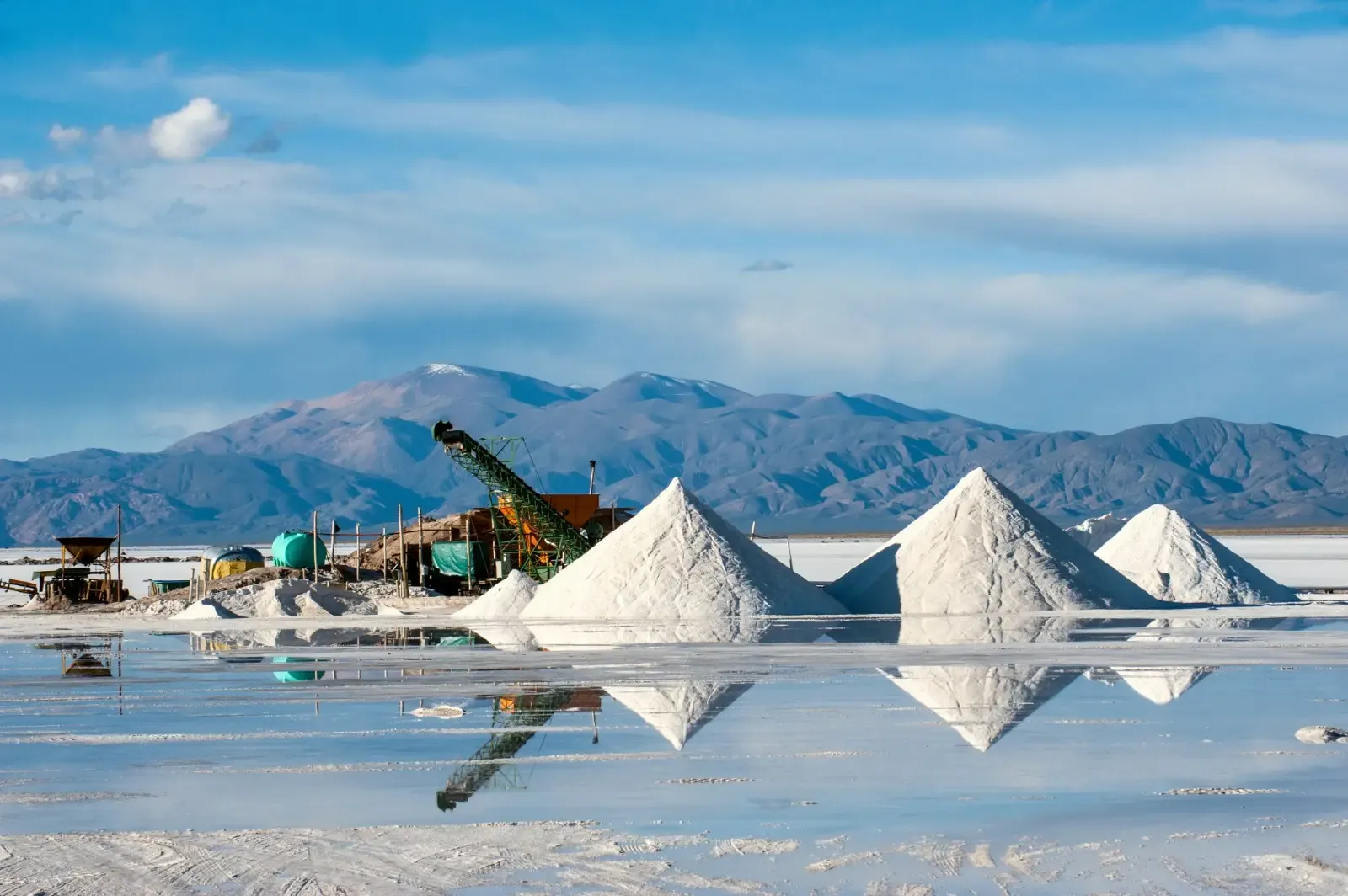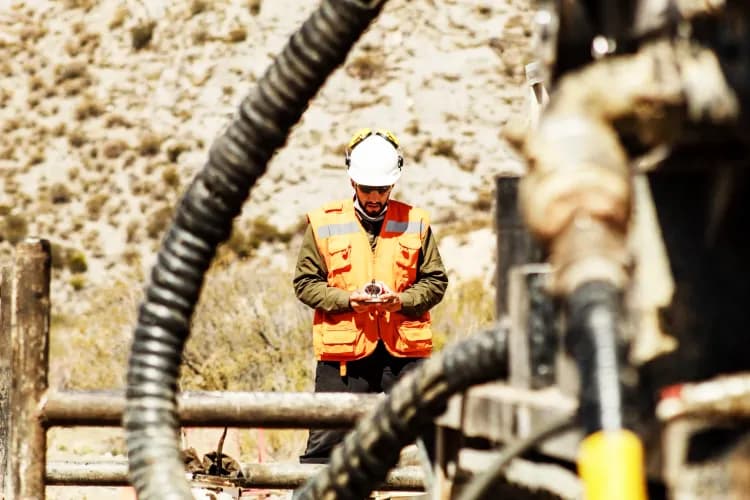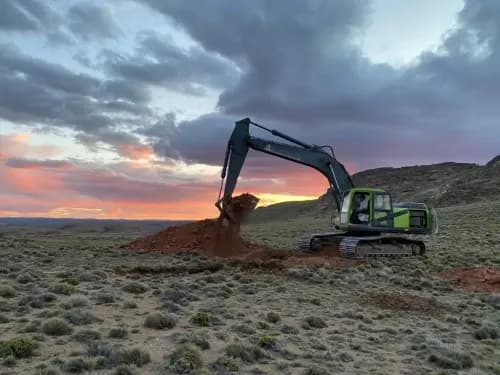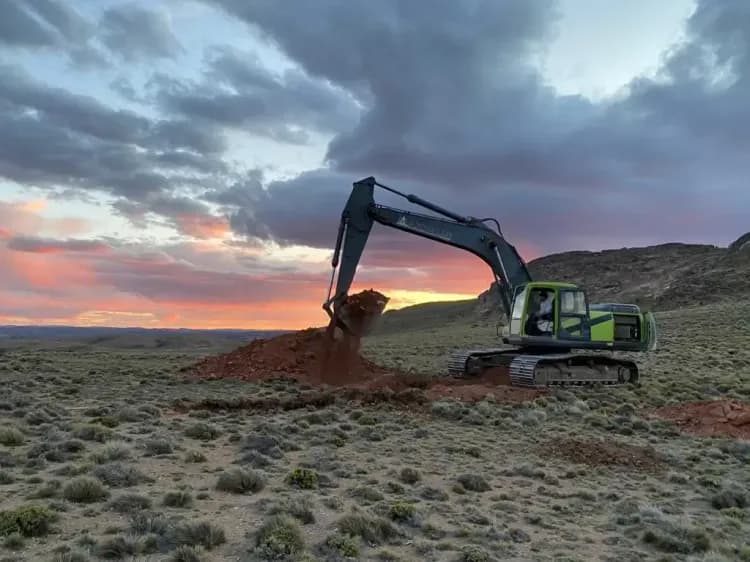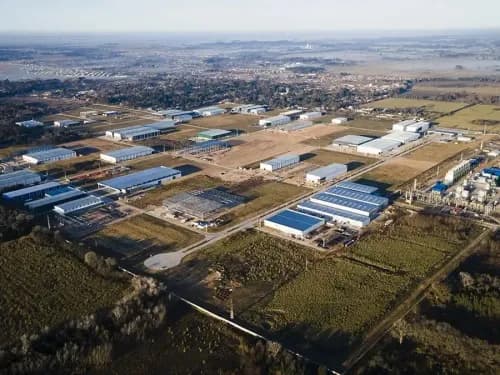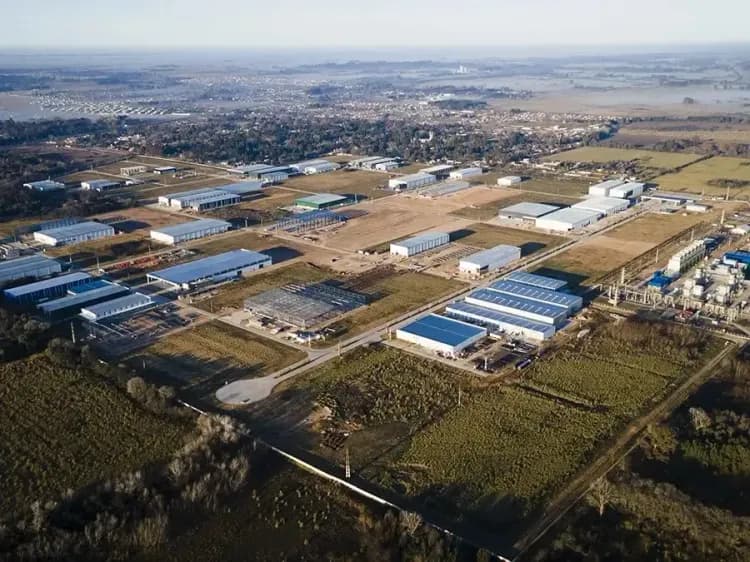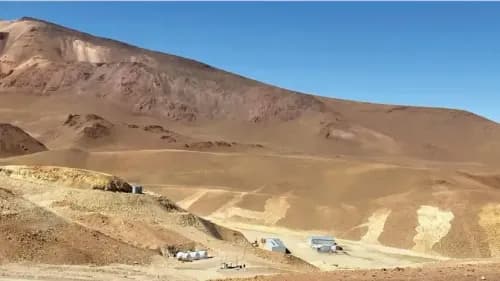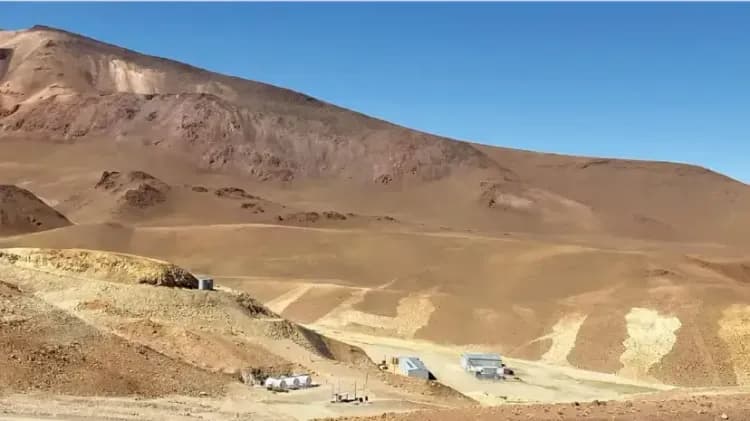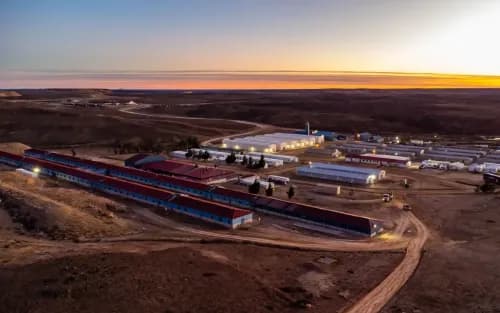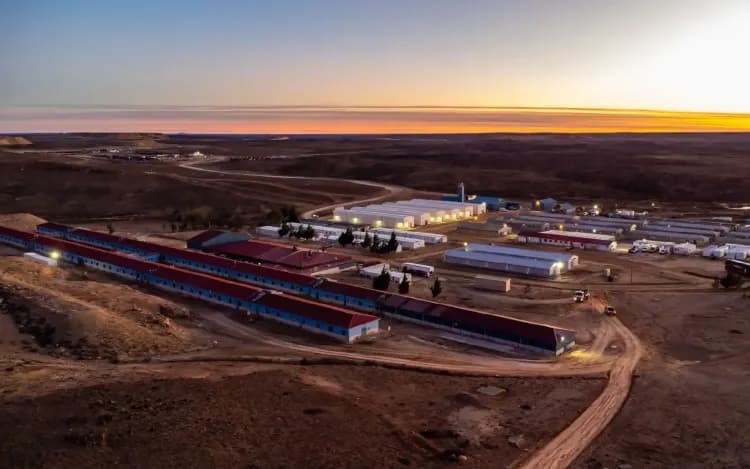Unlike other industries where digitalization and logistics management have advanced rapidly, mining has historically focused its efforts on improving extraction and production processes. This emphasis has led to major gains in operational efficiency but has also left critical aspects behind — such as the systematization of supply chains, maintenance optimization, and the development of infrastructure required for agile and resilient logistics.
By Miebach Chile
Today, closing those gaps is essential to consolidating a modern and sustainable lithium supply chain — one capable of meeting the demands of an increasingly competitive and globalized market.
A Growing Market Facing New Challenges
South America has emerged as a key region in the global lithium industry, with Chile and Argentina leading the so-called “Lithium Triangle.” The opportunity is substantial: lithium has become a critical input for the global energy transition, driven by rising demand for electric-vehicle batteries and renewable-energy storage systems.
However, the current context also presents new challenges. Lithium prices — highly volatile by nature — remain below the peaks seen in recent years, forcing companies to enhance cost efficiency to sustain profitability. At the same time, the pressure to meet higher environmental and social standards is intensifying, demanding greater traceability, transparency, and process control.
In this scenario, logistics plays a decisive role — not only as a cost-reduction tool but as a structural component of sustainability and operational continuity.
The Pillars of a Modern Supply Chain
A robust, digitalized supply chain can simultaneously address three strategic objectives: process optimization, sustainability, and traceability.
-
Process optimization: Reducing unnecessary costs and ensuring operational efficiency requires a precise mapping of all logistical flows and stakeholders. This analysis helps identify bottlenecks and opportunities for improvement without compromising production continuity.
-
Sustainability and traceability: Operations must measure and manage their environmental and social impacts. A modern logistics chain integrates data capture and analysis across every stage — from transport and storage to procurement — generating indicators to evaluate environmental performance, emissions, energy use, and compliance with community standards.
-
Digitalization: Traditional models based on manual tasks, spreadsheets, and fragmented communication are now obsolete. Modern tools integrate real-time data, standardize processes, and reduce dependency on individual expertise. Full end-to-end visibility enables faster, more precise decision-making, anticipates deviations, and optimizes inventory management.
Implementing such technological solutions requires a multidisciplinary approach where data management, metric definition, and change-management leadership are as critical as the technology itself.
Operational Efficiency: From Maintenance to Logistics Design
In a market where cost control and efficiency determine competitiveness, MRO (maintenance, repair, and operations) supply planning plays a strategic role. Integration between maintenance, operations, and logistics teams is essential to ensure production continuity, improve material availability, and prevent unplanned shutdowns.
Efficiency also depends on warehouse design and logistics-network configuration. Proper planning of storage and distribution not only lowers costs but also enhances traceability and reduces emissions. Modern models incorporate parameters such as carbon-footprint calculations and fleet optimization, aligning logistics planning with corporate sustainability goals.
An Integrated Vision for the Future of Lithium
The evolution of the lithium industry demands moving beyond a production-centric mindset toward an integrated supply-chain approach, where efficiency, traceability, and sustainability are inseparable objectives.
The future of lithium will not depend solely on the size of its reserves, but on the ability of producing countries to build solid, flexible, and digitalized logistics chains — capable of anticipating volatility, optimizing costs, and meeting the rising environmental and social expectations of the global energy transition.
